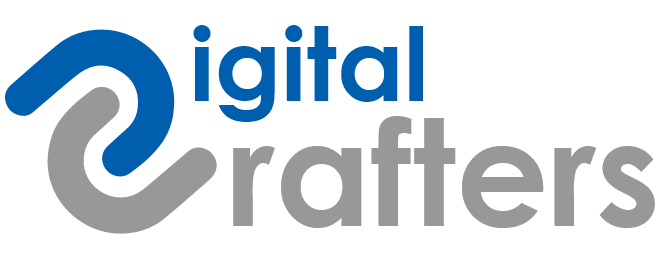IT was the only thing that saved any industry or business from the epidemic in 2020–2021. (Information Technology). Software as a Service, Cloud-based apps, Automation, and Artificial Intelligence were just a few examples. So, let's look at the IT outsourcing trends in 2022 as a logical deduction. There will be updates on that, and the current situation will be maintained.
Due to the pandemic, all of the major projections made for 2019 were thrown into disarray. Most affected were those that were more human process-oriented than IT/automation-oriented. Surprisingly, the pandemic catalyzed the projections in the IT business, meaning that developments anticipated in 2025 became a reality in 2021.
In addition, there is a shortage of semiconductor chips, as well as an acute supply chain. With the necessity to adopt forthcoming software technologies, IT became a future-proofing mechanism for numerous businesses, and the future of IT got more interesting. Trends in 2022, according to Gartner, will provide major disruption and opportunity during the next five to ten years.
In the last two years, employment routines and habits have shifted dramatically. Employees have varied feelings about working from home (WFH), but everyone wants to keep the flexibility of WFH. Flexible working can be a deal-breaker in many circumstances if the expertise is in demand and cloud-based. As a result, we will see an increase in the number of contracts that include clauses that allow for such flexibility.
Businesses, like employees, want to use software that is adaptable to facilitate quick, safe, and efficient changes. This versatility is enabled by the composable application architecture method, which may add a new feature or group of features 80 percent faster than traditional architecture.
Robotic Process Automation (RPA) is the process of incorporating intelligence into software in order to automate repetitive procedures. According to Statista, the RPA industry will rise from USD 2 billion to USD 8 billion in the following five years, and to USD 13.5 billion by 2030.
The pandemic has shown that a less human-driven mechanism is more robust. With the state of lockdown and restrictions, we can't blame firms for requesting such automation. According to Gartner, hyper-automation enhances job quality, speeds up corporate processes, and allows for speedier decision-making.
As more industries and sectors adopt IT, automation, and Cloud-based apps, the demand for specialist workers and software tailored to certain industries will grow. Despite the fact that most software is fundamentally the same, software that absorbs improvements and enters the market early gains a significant advantage over late entrants due to end-user perceptions and industry-specific vocabulary that is easy to understand.
As a result of remote working, training sessions have become either remote or recorded, and the closer software conforms to industry standard vocabulary, the more familiar the end-user is, resulting in more acceptance. It's also beneficial if the training videos and materials can be translated into one or more native languages.
This adoption pattern has been observed frequently in CRM markets. The SaaS applications that are more popular among specific enterprises and industries have a significant market share.
Employees will demand more than one means to connect and complete tasks as flexible working becomes the new normal. It's critical for software outsourcing companies to create smooth integrated applications that allow them to operate across several devices with a single login. Many organizations use Cloud applications, but many of them are rather large and can only be accessed via desktop software (not even desktop browsers), and the functionality supplied in their mobile apps is quite limited. This desktop-first strategy stifles productivity and causes delays in decision-making.
While cloud technology is at the heart of this convenience, your software development partner should be experienced in creating native apps for laptops (Windows, Mac), browser-based apps, and mobile apps (Android, OS) to ensure that your staff have no problems working from any location. The goal is to build software so frictionless that the procedure should never be delayed, regardless of who uses it from which device.
All of the above trends have one thing in common: security. Any application should be secure from beginning to end. The application must be durable and resilient, from the authentication procedures used for signing in to the end-user to encrypting and maintaining data backups to counter a ransomware assault. Multi Factor Authentication (MFA) is an example of a basic example that the industry is requiring in every application (even if it is non-critical).
Building apps that are safe by design has practically become standard practice, and even moderately sensitive systems must be developed on a zero-trust security architecture. Many nations will soon implement legislation making security provisions a requirement for practically all types of government sourcing.
Most business owners have at least a few "what if" scenarios that have plagued them for years, costing them money, effort, and other resources. In the post-Covid-19 world, many of them are blaming themselves for not outsourcing software earlier. There are several major aspects that contribute to this regret:
Every company has one common goal: to provide an exceptional Total Experience (TX). It combines customer, employee, user, and multi-experience elements. TX is a marketing technique that aims to increase customer and employee pleasure, loyalty, and advocacy. TX should provide an additional layer of protection for a software development or IT business partner. Businesses should choose partners like Digital Crafters, a Software Development company San Diego, where our team works tirelessly to help you realize your aggressive TX goals.
